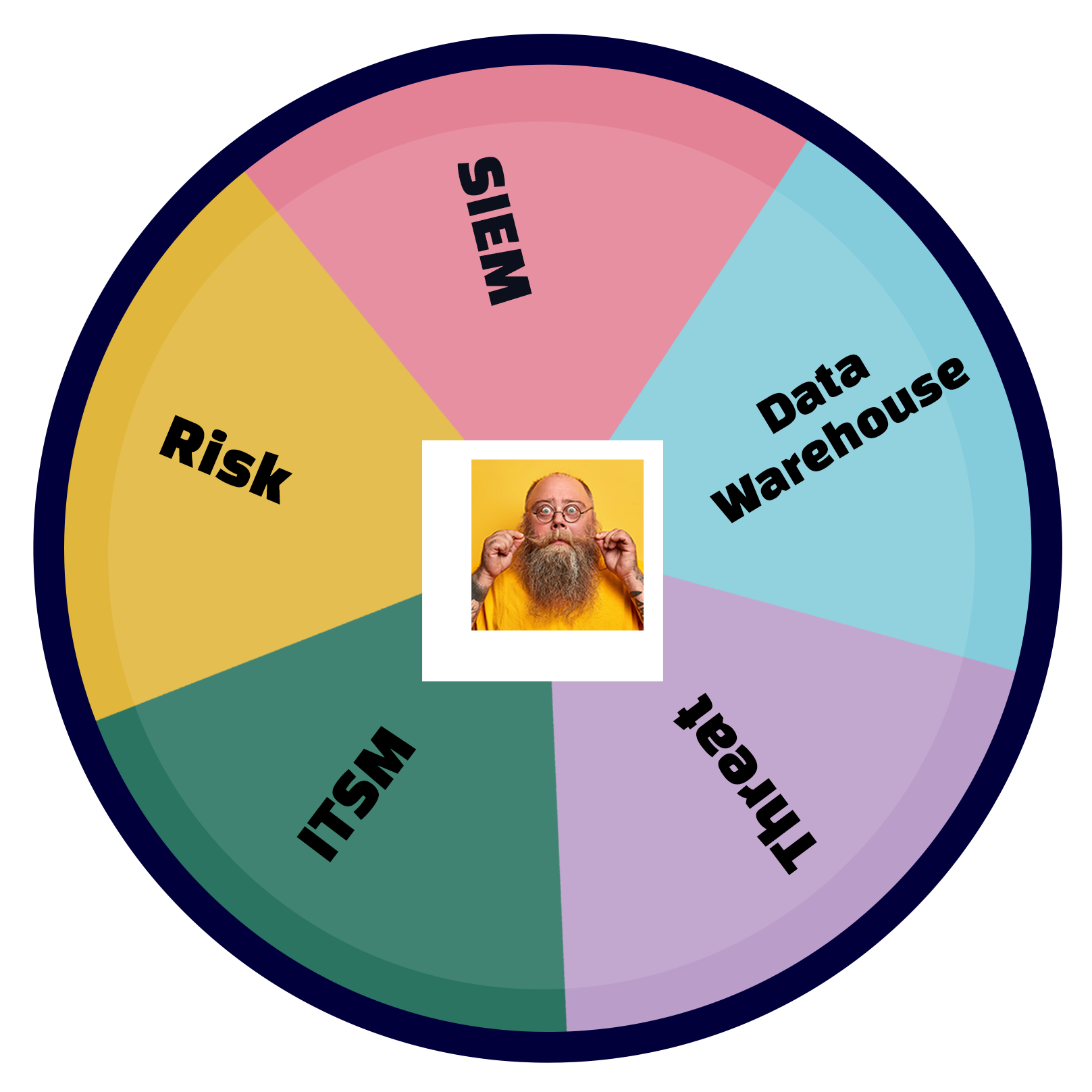[et_pb_section fb_built=”1″ _builder_version=”3.22″ da_disable_devices=”off|off|off” global_colors_info=”{}” da_is_popup=”off” da_exit_intent=”off” da_has_close=”on” da_alt_close=”off” da_dark_close=”off” da_not_modal=”on” da_is_singular=”off” da_with_loader=”off” da_has_shadow=”on”][et_pb_row _builder_version=”4.14.6″ background_size=”initial” background_position=”top_left” background_repeat=”repeat” global_colors_info=”{}”][et_pb_column type=”4_4″ _builder_version=”3.25″ custom_padding=”|||” global_colors_info=”{}” custom_padding__hover=”|||”][et_pb_text admin_label=”Text” _builder_version=”4.14.6″ text_font=”Red Hat Text||||||||” text_font_size=”36px” background_size=”initial” background_position=”top_left” background_repeat=”repeat” hover_enabled=”0″ global_colors_info=”{}” sticky_enabled=”0″]
Reducing Amazon Web Services Costs
[/et_pb_text][/et_pb_column][/et_pb_row][et_pb_row _builder_version=”3.25″ background_size=”initial” background_position=”top_left” background_repeat=”repeat” global_colors_info=”{}”][et_pb_column type=”4_4″ _builder_version=”3.25″ custom_padding=”|||” global_colors_info=”{}” custom_padding__hover=”|||”][et_pb_text admin_label=”Text” _builder_version=”4.14.2″ background_size=”initial” background_position=”top_left” background_repeat=”repeat” global_colors_info=”{}”]
Effectively monitoring and detecting resources in AWS can be a challenge to any enterprise. AWS provides a powerful and flexible computing environment, but sometimes the big cost numbers on the billing report can be a surprise.
[/et_pb_text][et_pb_text _builder_version=”4.14.2″ _module_preset=”default” global_colors_info=”{}”]
For Example:
[/et_pb_text][/et_pb_column][/et_pb_row][et_pb_row column_structure=”1_3,1_3,1_3″ _builder_version=”4.14.2″ _module_preset=”default” global_colors_info=”{}”][et_pb_column type=”1_3″ _builder_version=”4.14.2″ _module_preset=”default” global_colors_info=”{}”][et_pb_text _builder_version=”4.14.2″ _module_preset=”default” global_colors_info=”{}”]
PROBLEM:
[/et_pb_text][et_pb_text _builder_version=”4.14.2″ _module_preset=”default” global_colors_info=”{}”]
Your cloud administrator sees the expensive r5.4xlarge instance record on the current month’s billing report.
[/et_pb_text][/et_pb_column][et_pb_column type=”1_3″ _builder_version=”4.14.2″ _module_preset=”default” global_colors_info=”{}”][et_pb_text _builder_version=”4.14.2″ _module_preset=”default” global_colors_info=”{}”]
ACTION:
[/et_pb_text][et_pb_text _builder_version=”4.14.2″ _module_preset=”default” global_colors_info=”{}”]
The administrator will go to the AWS EC2 management console and look for the r5.4xlarge instances.
[/et_pb_text][/et_pb_column][et_pb_column type=”1_3″ _builder_version=”4.14.2″ _module_preset=”default” global_colors_info=”{}”][et_pb_text _builder_version=”4.14.2″ _module_preset=”default” global_colors_info=”{}”]
FINDINGS:
[/et_pb_text][et_pb_text _builder_version=”4.14.2″ _module_preset=”default” global_colors_info=”{}”]
There are no currently running EC2 instances with this type. Therefore, those r5.4xlarge instances must have been terminated.
[/et_pb_text][/et_pb_column][/et_pb_row][et_pb_row _builder_version=”4.14.2″ _module_preset=”default” global_colors_info=”{}”][et_pb_column type=”4_4″ _builder_version=”4.14.2″ _module_preset=”default” global_colors_info=”{}”][et_pb_text admin_label=”Text” _builder_version=”4.14.2″ _module_preset=”default” global_colors_info=”{}”]
The Result
[/et_pb_text][et_pb_text admin_label=”Text” _builder_version=”4.14.2″ _module_preset=”default” global_colors_info=”{}”]
In order to trace back those instances, the admin will have to manually look through AWS CloudTrail events to search for all instance creation/termination events or CloudWatch logs to look at the previous instances’ running metrics. Sorting through this data will be very time-consuming.
[/et_pb_text][/et_pb_column][/et_pb_row][et_pb_row _builder_version=”4.14.2″ _module_preset=”default” global_colors_info=”{}”][et_pb_column type=”4_4″ _builder_version=”4.14.2″ _module_preset=”default” global_colors_info=”{}”][et_pb_text _builder_version=”4.14.2″ _module_preset=”default” global_colors_info=”{}”]
The Solution:
[/et_pb_text][/et_pb_column][/et_pb_row][et_pb_row column_structure=”1_2,1_2″ _builder_version=”4.14.2″ _module_preset=”default” global_colors_info=”{}”][et_pb_column type=”1_2″ _builder_version=”4.14.2″ _module_preset=”default” global_colors_info=”{}”][et_pb_text admin_label=”Text” _builder_version=”4.14.2″ _module_preset=”default” global_colors_info=”{}”]
Lucidum is an asset discovery platform that eliminates blind spots across cloud, security, and IT operations. Lucidum applies its patent-pending machine learning to discover, triangulate, and identify all assets — even previously unknown unknowns — delivering visibility essential to truly secure, manage, and transform your enterprise.
[/et_pb_text][/et_pb_column][et_pb_column type=”1_2″ _builder_version=”4.14.2″ _module_preset=”default” global_colors_info=”{}”][et_pb_image src=”https://lucidum.io/wp-content/uploads/2021/04/Lucidum-Product-1.png” alt=”lucidum platform on a laptop” _builder_version=”4.14.2″ _module_preset=”default” transform_scale=”106%|106%” transform_translate=”0px|64px” global_colors_info=”{}”][/et_pb_image][/et_pb_column][/et_pb_row][et_pb_row _builder_version=”4.14.2″ _module_preset=”default” global_colors_info=”{}”][et_pb_column type=”4_4″ _builder_version=”4.14.2″ _module_preset=”default” global_colors_info=”{}”][et_pb_image src=”https://lucidum.io/wp-content/uploads/2021/04/blog4-23-3-1.png” alt=”lucidum platform screen grab” _builder_version=”4.14.2″ _module_preset=”default” transform_scale=”109%|109%” global_colors_info=”{}”][/et_pb_image][et_pb_text admin_label=”Text” _builder_version=”4.14.2″ _module_preset=”default” text_font_size=”24px” global_colors_info=”{}”]
Lucidum UI Query
[/et_pb_text][/et_pb_column][/et_pb_row][et_pb_row column_structure=”1_2,1_2″ _builder_version=”4.14.2″ _module_preset=”default” global_colors_info=”{}”][et_pb_column type=”1_2″ _builder_version=”4.14.2″ _module_preset=”default” global_colors_info=”{}”][et_pb_text _builder_version=”4.14.2″ _module_preset=”default” global_colors_info=”{}”]
- All AWS EC2 assets (across different AWS accounts and regions) within the enterprise
- The instance type is r5.4xlarge
[/et_pb_text][/et_pb_column][et_pb_column type=”1_2″ _builder_version=”4.14.2″ _module_preset=”default” global_colors_info=”{}”][et_pb_text _builder_version=”4.14.2″ _module_preset=”default” global_colors_info=”{}”]
- The instances are last seen within 30 days
- The instances are detected as “idle” from Lucidum’s machine learning engines
[/et_pb_text][/et_pb_column][/et_pb_row][et_pb_row _builder_version=”4.14.2″ _module_preset=”default” global_colors_info=”{}”][et_pb_column type=”4_4″ _builder_version=”4.14.2″ _module_preset=”default” global_colors_info=”{}”][et_pb_text _builder_version=”4.14.2″ _module_preset=”default” global_colors_info=”{}”]
Boom! In a few minutes, the Lucidum UI will present a detailed report to the cloud admin on the costly r5.4xlarge instances, even these instances do not exist anymore! Below is an example report from the query:
[/et_pb_text][et_pb_image src=”https://lucidum.io/wp-content/uploads/2021/04/Screen-Shot-2021-12-29-at-2.50.25-PM.png” alt=”AWS instance screen grab” _builder_version=”4.14.2″ _module_preset=”default” global_colors_info=”{}”][/et_pb_image][/et_pb_column][/et_pb_row][et_pb_row _builder_version=”4.14.2″ _module_preset=”default” global_colors_info=”{}”][et_pb_column type=”4_4″ _builder_version=”4.14.2″ _module_preset=”default” global_colors_info=”{}”][et_pb_text _builder_version=”4.14.2″ _module_preset=”default” text_font=”Red Hat Text||||||||” text_font_size=”31px” global_colors_info=”{}”]
What information is in the report?
[/et_pb_text][/et_pb_column][/et_pb_row][et_pb_row column_structure=”1_2,1_2″ _builder_version=”4.14.2″ _module_preset=”default” global_colors_info=”{}”][et_pb_column type=”1_2″ _builder_version=”4.14.2″ _module_preset=”default” global_colors_info=”{}”][et_pb_text _builder_version=”4.14.2″ _module_preset=”default” global_colors_info=”{}”]
- The instance name
- The AWS region
- Estimated monthly cost for the instance
- The idling indicator for the instance.
[/et_pb_text][/et_pb_column][et_pb_column type=”1_2″ _builder_version=”4.14.2″ _module_preset=”default” global_colors_info=”{}”][et_pb_text _builder_version=”4.14.2″ _module_preset=”default” global_colors_info=”{}”]
- First and last time seen for the instance.
- Username
- AWS cloud account ID
- IP addresses
[/et_pb_text][/et_pb_column][/et_pb_row][et_pb_row _builder_version=”4.14.2″ _module_preset=”default” global_colors_info=”{}”][et_pb_column type=”4_4″ _builder_version=”4.14.2″ _module_preset=”default” global_colors_info=”{}”][et_pb_text _builder_version=”4.14.2″ _module_preset=”default” text_font=”Red Hat Text||||||||” text_font_size=”31px” global_colors_info=”{}”]
What are the next steps?
[/et_pb_text][et_pb_text _builder_version=”4.14.2″ _module_preset=”default” global_colors_info=”{}”]
- Email the users to remind them of the enterprise’s policies on creating costly EC2 instances
- Communicate with the users to stop or terminate these EC2 instances if they are not actively used, especially for those “idling” ones
- If some instances cannot be terminated, suggest the users change the instance type to lower the costs
[/et_pb_text][/et_pb_column][/et_pb_row][et_pb_row _builder_version=”4.14.2″ _module_preset=”default” global_colors_info=”{}”][et_pb_column type=”4_4″ _builder_version=”4.14.2″ _module_preset=”default” global_colors_info=”{}”][et_pb_text _builder_version=”4.14.2″ _module_preset=”default” global_colors_info=”{}”]
With Lucidum, managing and controlling your cloud environment will no longer be a difficult job. Lucidum provides complete asset visibility, identifies and connects all users, assets, physical locations, and org structures to enable the complete and accurate history of all users, assets, and IP addresses. Better asset discovery, smarter cost management, and safer environment.
[/et_pb_text][/et_pb_column][/et_pb_row][/et_pb_section]









